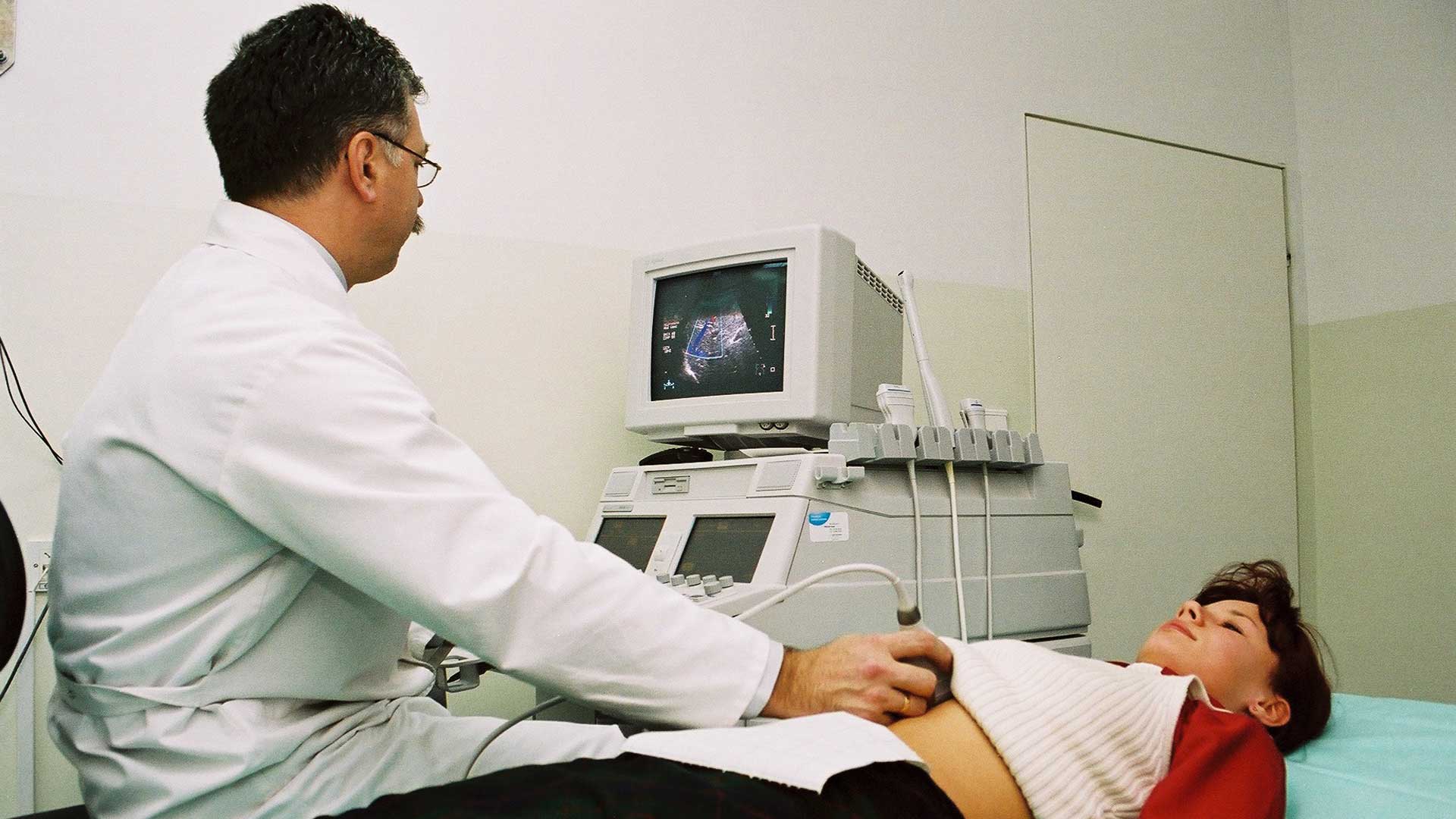1. Storytelling
It’s a common trend that an attendant that comes along with the patient does all the dealings with the doctor, he’s (or she) the one who knows even the slightest detail of the patient’s health. From what tests the patient should get done, to what symptoms actually are pointing towards to what medicines should the patient take and when he should come back. This mindset and this tradition has to change. We all need to work towards strengthening the patient-doctor relationship. Why? Because this way your work to convince the patients as to why it’s important to take the medicines on time and strictly follow your guidance will become easy.
Plus, even the results will be better when the patients will themselves be aware of their situation like they will take extra care and be more cautious. One way to improve this patient engagement is by storytelling in which the patients who have been going through a treatment or have been treated talk about their experience, their sickness, their treatment and their recovery to others via making online videos or maybe via being a speaker in some seminars. Why is this impactful? Because patients listen better to other patients and their words make more sense than the doctor’s.
2. Portal of Patient Stories
Developing a portal where patients publish their illness stories could be very beneficial because reading these stories on the patient’s portal, the patients would get some strength and would relax and be hopeful.
3. Show Empathy
To develop patient engagement, it’s very important. To view DICOM images and explain the situation empathetically is important. Why? Because only if you are a people’s person and only if you understand people’s feelings, emotions and them in particular, you will be able to develop a bond with them.
4. Give the Patients a Chance to Speak All That They
Have Got to Say
It’s very often the case that when patients are asked about what they are going through and the symptoms they are facing, and the moment they start speaking and take a little too detailed path, they are interrupted and indirectly given a shut up call by the healthcare professionals. You all need to realize that the patient engagement aim is only possible if you let your patients speak and listen to them and understand them.
5. Choose Language Wisely
Not everyone speaks the same language, everyone specializes and has a strong grip over a different language. I believe that’s completely fine. So next time you are dealing with a patient make sure you make them feel comfortable and listen to them carefully irrespective of what language they are conversing in and irrespective of how bad their pronunciations are. After this make sure you go up or down to their level and use the same language to reply them. Why? Because only this way they will feel comfortable and you will be able to discuss with them their condition and get closer to achieving patient engagement.
6. Focus on Creating Relationships

It’s important that you go an extra mile for your patients and build long term relationships with them like if on a weekend you meet them anywhere outside greet them and ask them about their health and if they are taking their medicines on time. This will greatly help you in promoting patient engagement.
7. Your Equipment
Your medical equipment and It tools should be in best shape. Your patients may not be happy, if you can’t view DICOM images because of a glitch. If your PACS or Linux DICOM viewer system is reliable, you won’t have any problem to view DICOM images.










